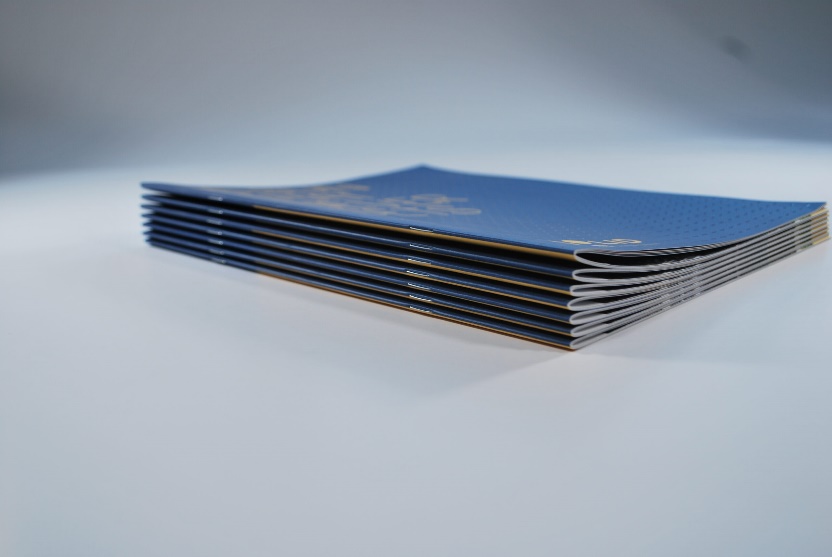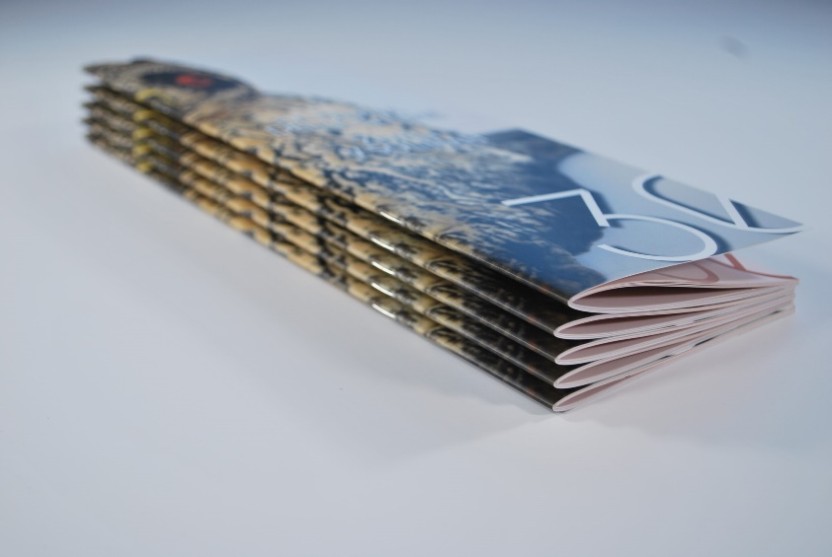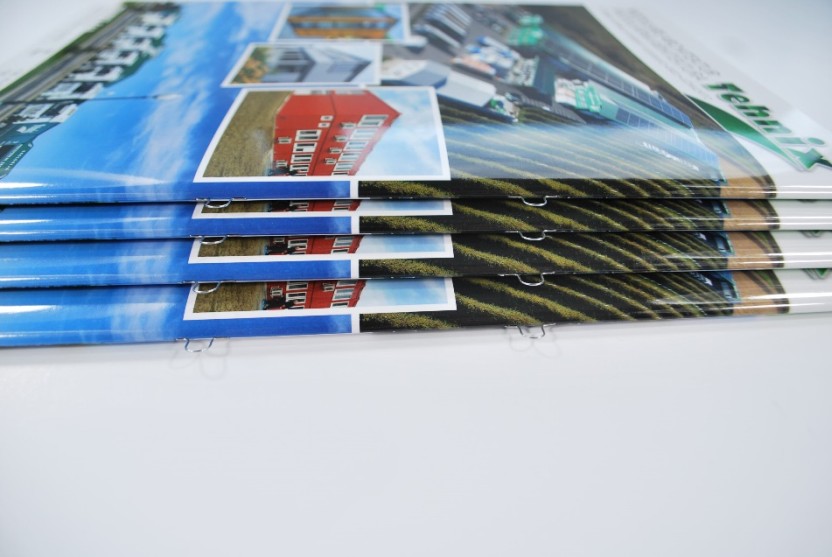Magazine printing



Evrografis has gained the trust of many foreign and local customers, mainly because they know that their printed matter will be top quality and most importantly, always delivered within set deadlines. We are proud of our experts, who, before printing, consult you on which materials are to be used for the cover and within and how to reach the optimum between price and quality.
Abundant experience in printing magazines
We only pick up a magazine, if we like it. Daily papers usually do not last long, but magazines are considered as more permanent in value. Their content is more substantial and readers often save them for later use. These bonds are made between real content and a proper design.
Offset magazines print
In printing magazines, we use offset printing, which enables us to reach top quality. Offset printing is mainly the choice of those who print slightly larger quantites (more than 250 pieces) and those, who go for top quality. In offset printing, we offer heavier papers than in other printing technologies.
Price of printing magazines
Larger quantities lead to a reduced price of printing magazines per piece. In practice, this means that the price of one PIECE of 1000 magazines is lower than the price of one PIECE of 500 magazines. Offset printing is cost-effective for clients only in quantities above 250 pieces, otherwise (smaller circulations) we recommend digital printing.
Information required in an enquiry
With quantity you state how many magazines you wish to print.
When stating the format, please specify whether it’s a portrait or landscape.
In the EU, we usually state formats in the following fashion: Width x Height. Example: 210 x 297 mm (portrait A4 format).
The English use their own method for naming the format: Height x Width (reverse), this is why it is important to also state if it’s a portrait or landscape in words.
If you want the most cost-effective offer, it is best that the number of pages is dividable by 32 or 16 (interior pages, without the cover).
When calculating, consider that one sheet represents two pages (front and back).
Example:
Scope: 128 pages + 4 cover pages
We require:
– Stating the print of the cover and coating: Do we use CMYK or Pantone colours? With coating, customers decide on different laminations (Matt, Gloss, Soft-touch, Anti-scratch, etc.). Here we also state any additional requirements, such as partial UV varnish, foil printing, etc.
– Choosing the material: which paper to use for coating
– cardboard thickness: In our printing company, we use 2 mm, 2.5 mm or 3 mm cardboards.
Example:
Cover print: 4/0 + 1/0 matt lamination
Cover material: 150-g uncoated paper
Regarding the magazine block, we require:
– Stating the print of the book block: Do we do both-sided print (1/1) or colour CMYK print (4/4). We can also use a combination of CMYK and Pantone colours.
– Choosing the material for the book block: There is an extremely wide array of paper on the market. There are classic papers for the inside, such as Silk, Gloss, uncoated offset paper and other more exotic papers. To prepare an offer, we mainly require the type of paper and its weight (in grams).
Example:
Interior print: 4/4 CMYK
Interior material: 150-g Silk paper
We choose the type of binding. Clients usually choose between perfect binding or saddle stitching (sewn binding is also an option).
Saddle stitching is usually more affordable, faster to produce and suitable for magazines with less pages (thinner magazines).
Perfect binding is of better quality and suitable for magazines with more pages. Clients choose this binding, when they want better quality and durability.
Packing is also available in different options: directly in boxes, PVC vacuum-packaging and similar.
Printed matter may be picked up (Ex works), but we also organize transportation, if needed.